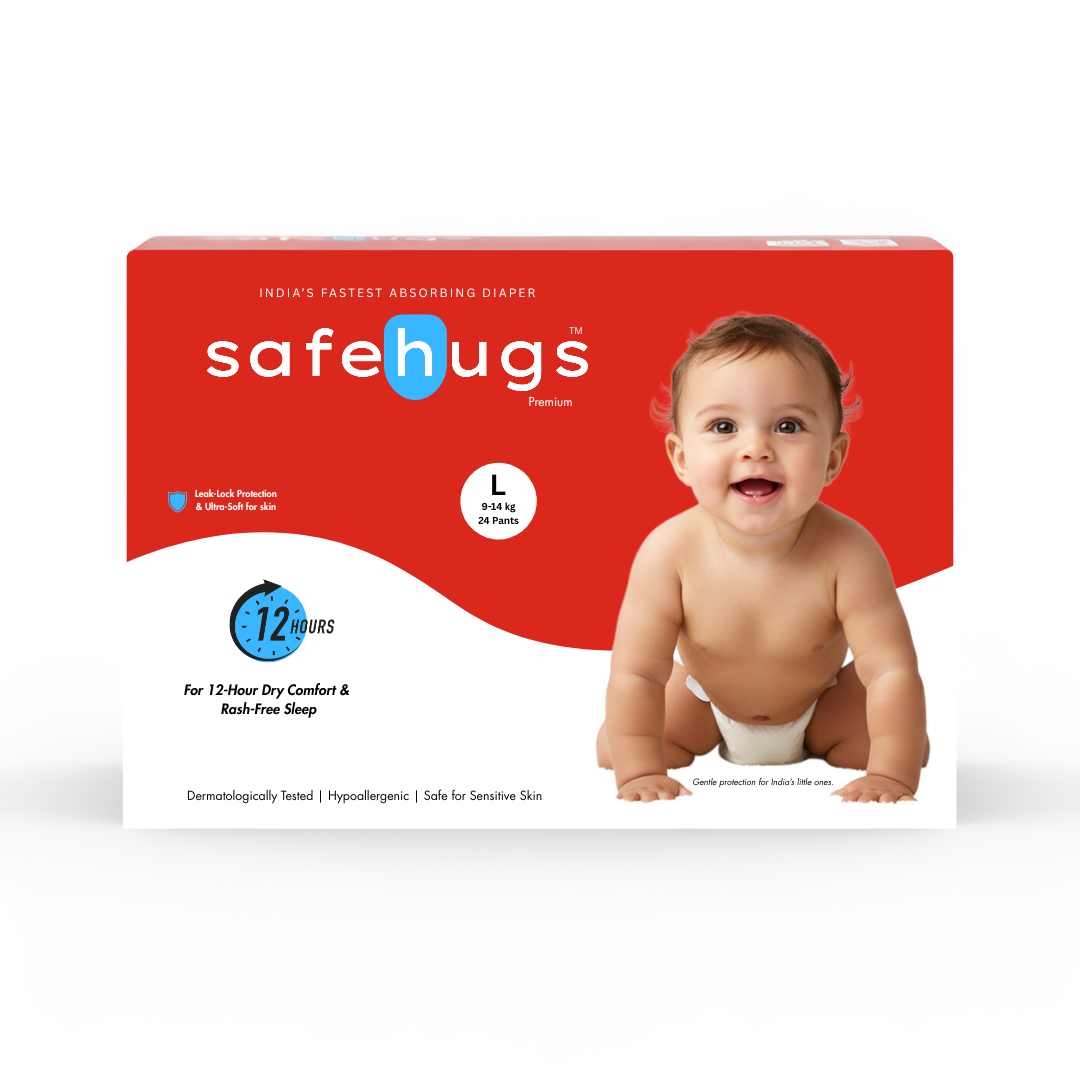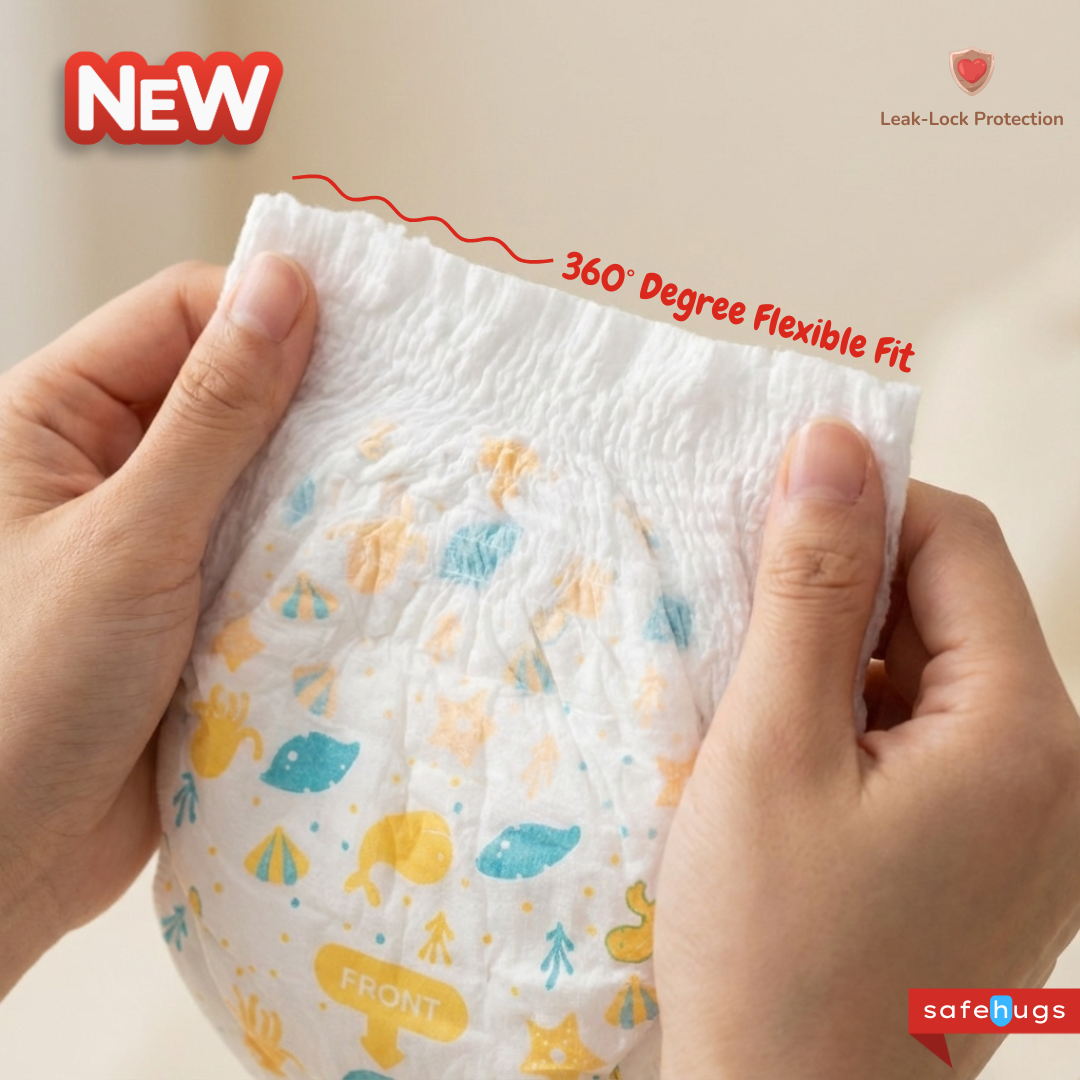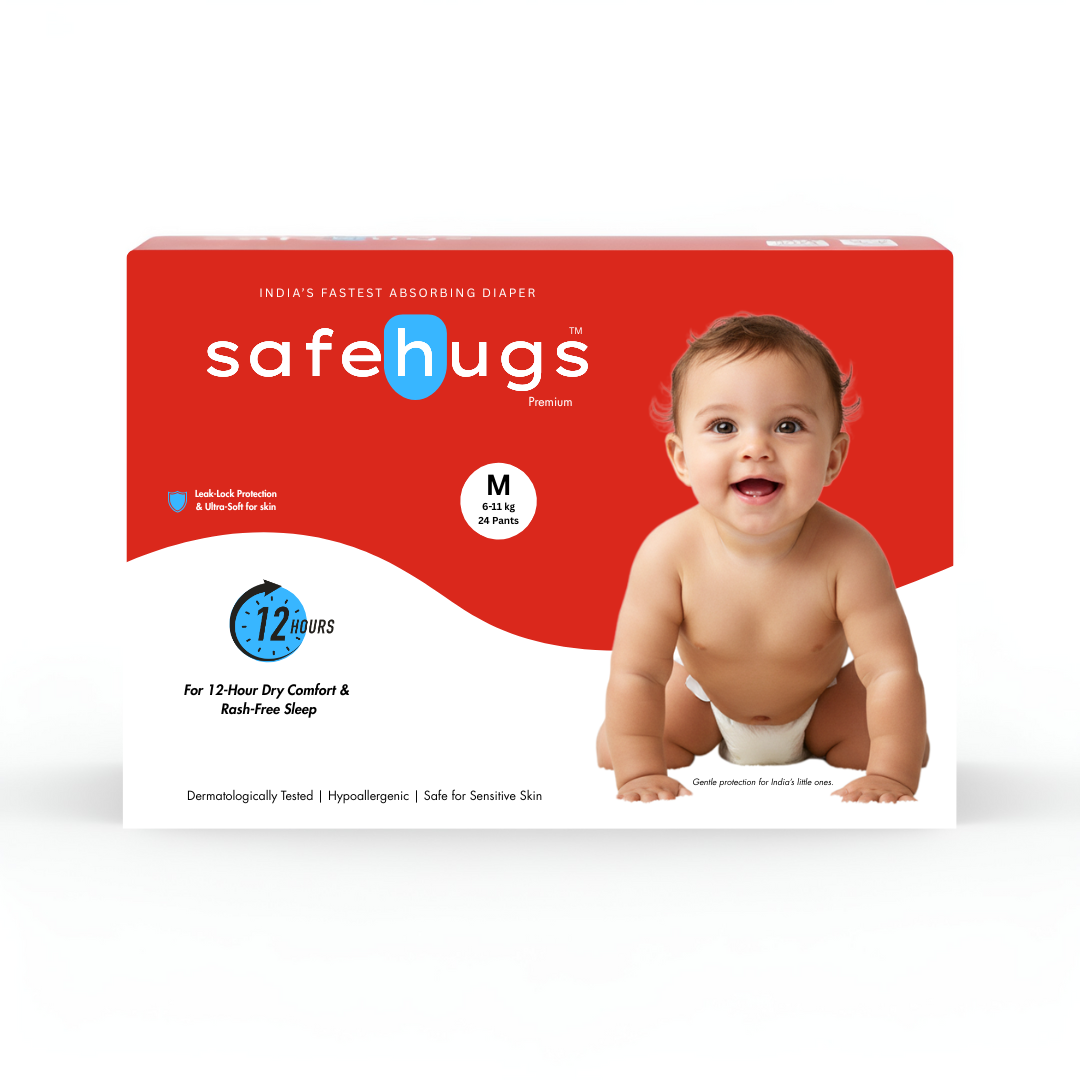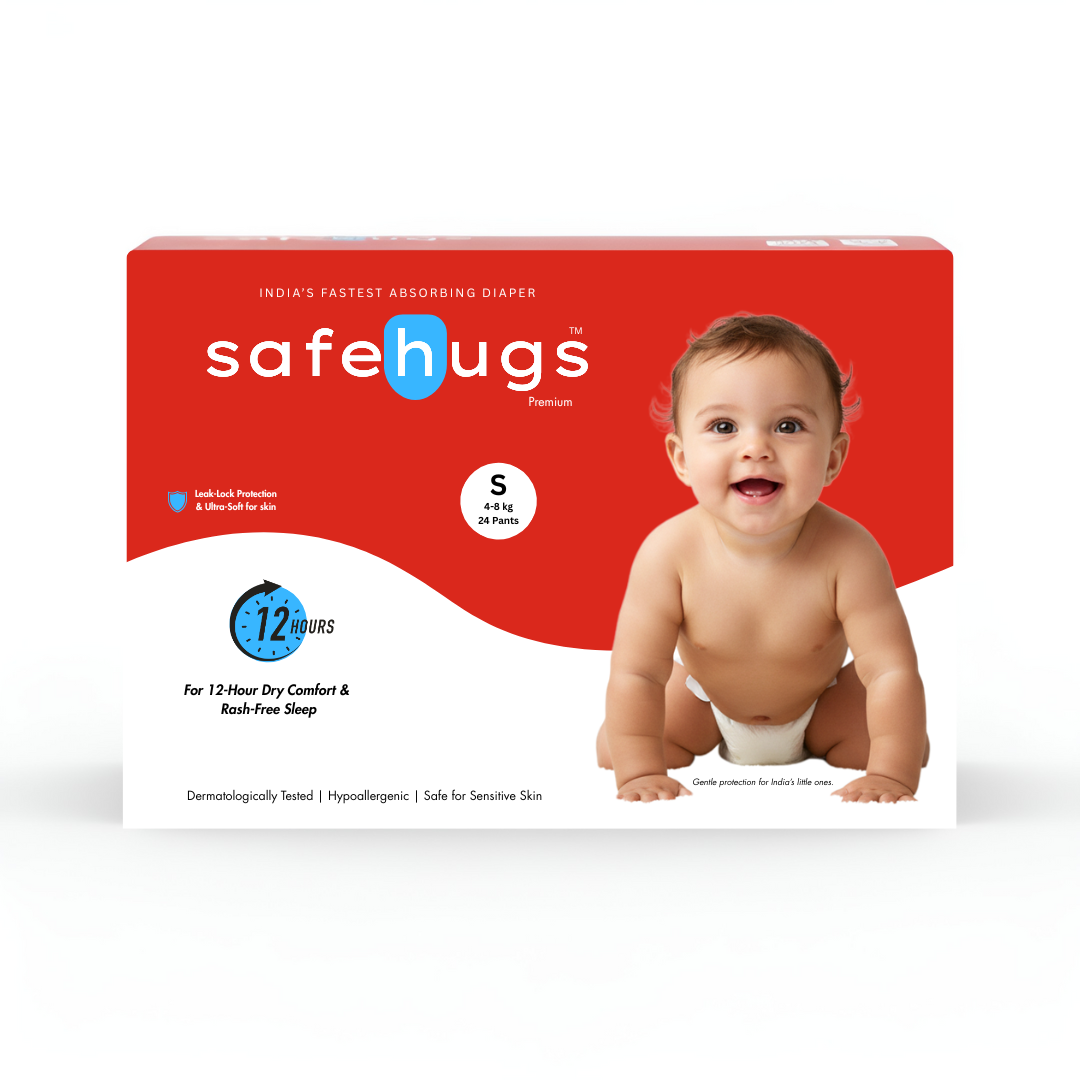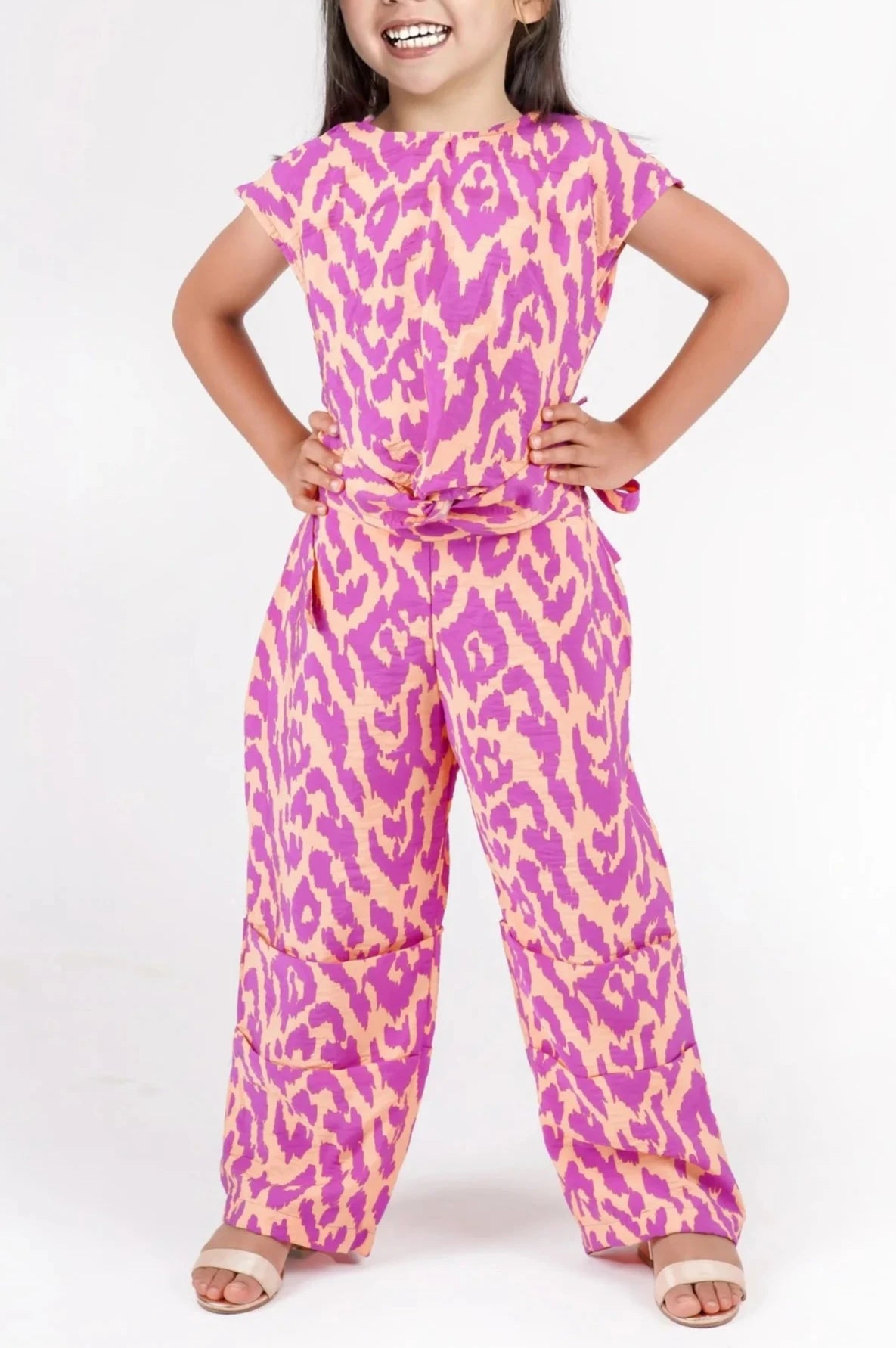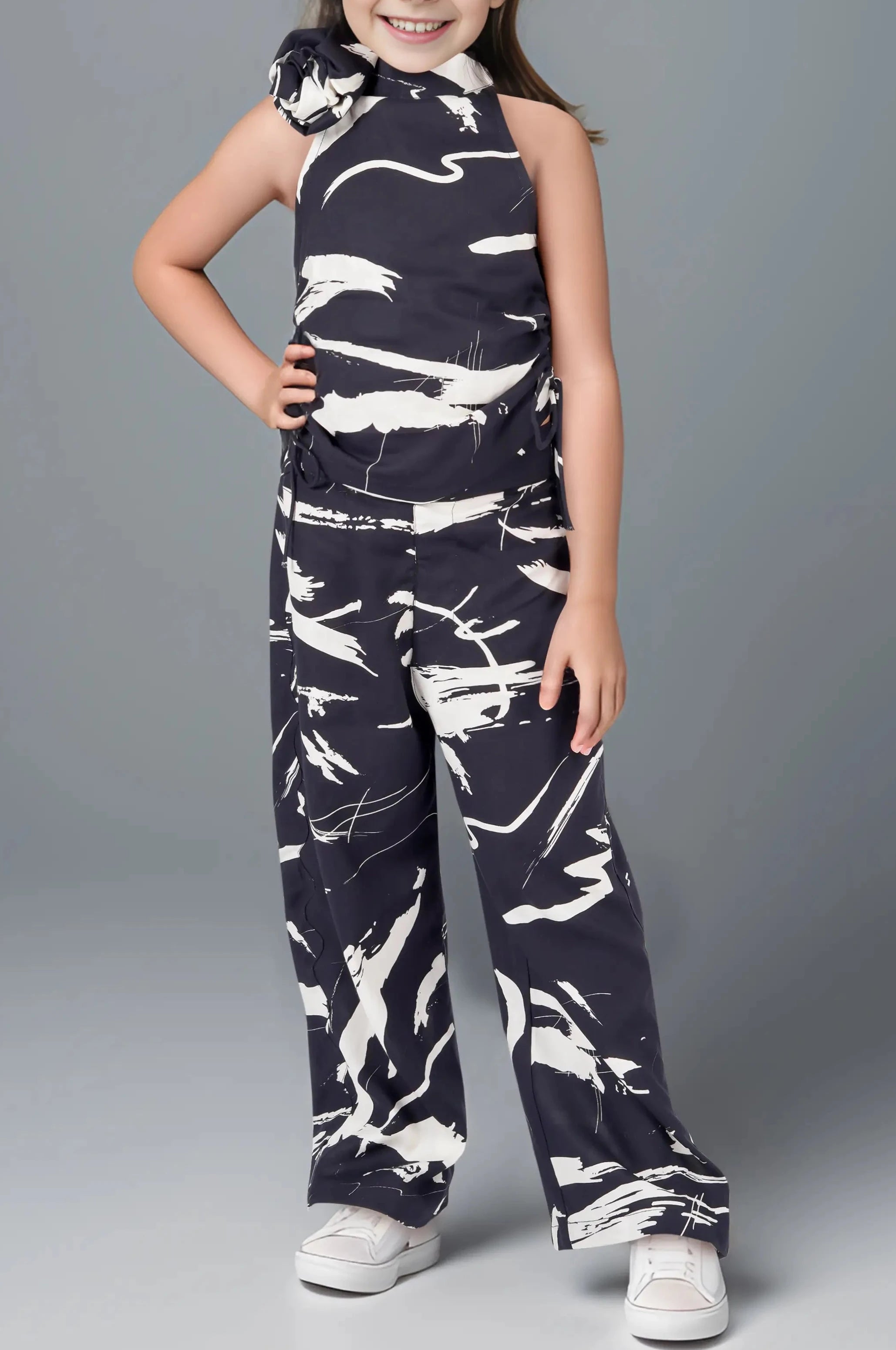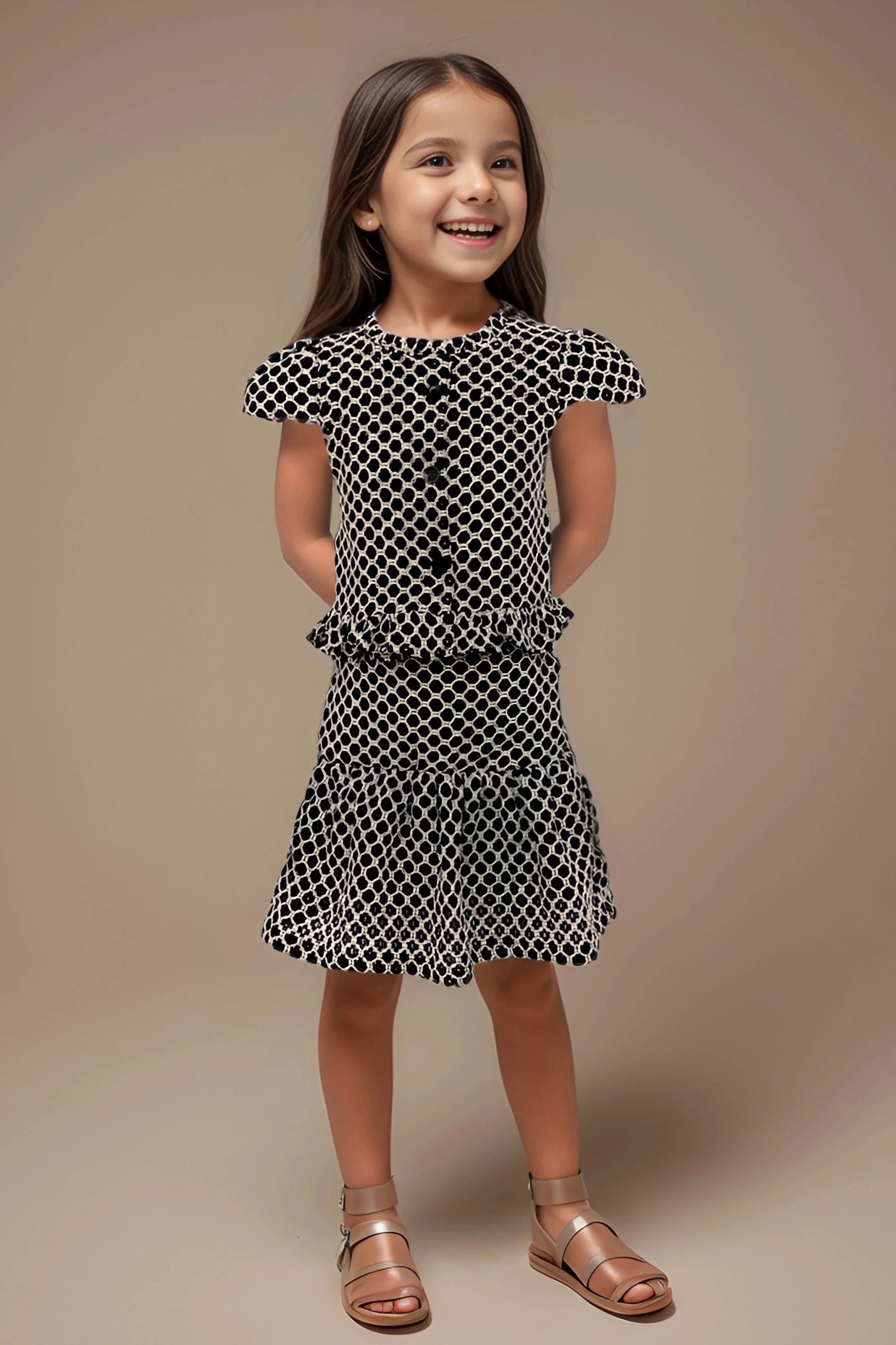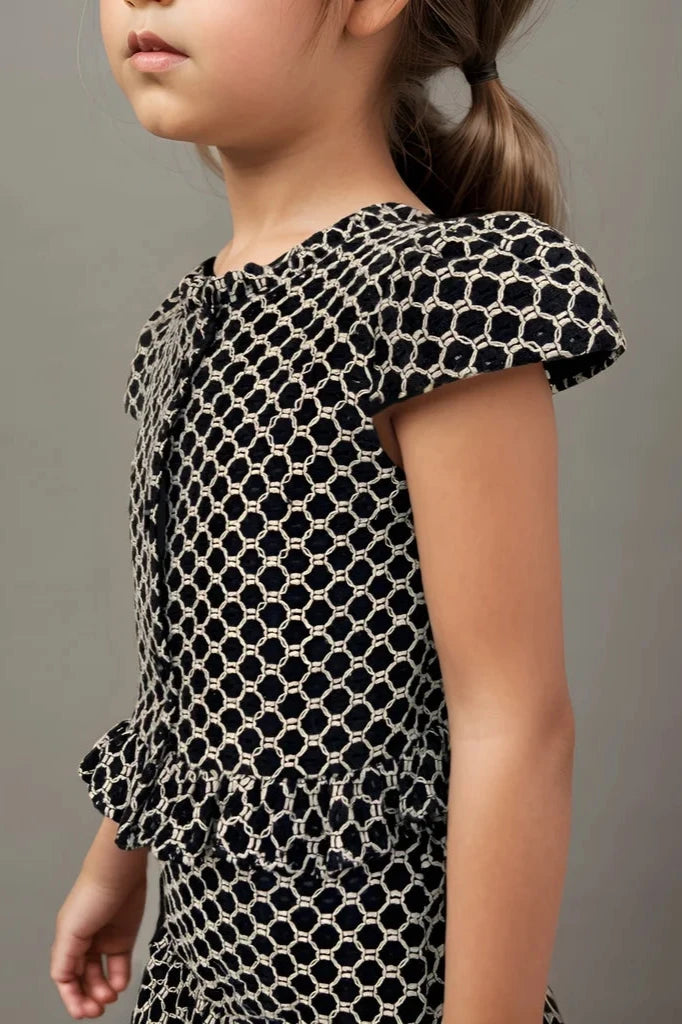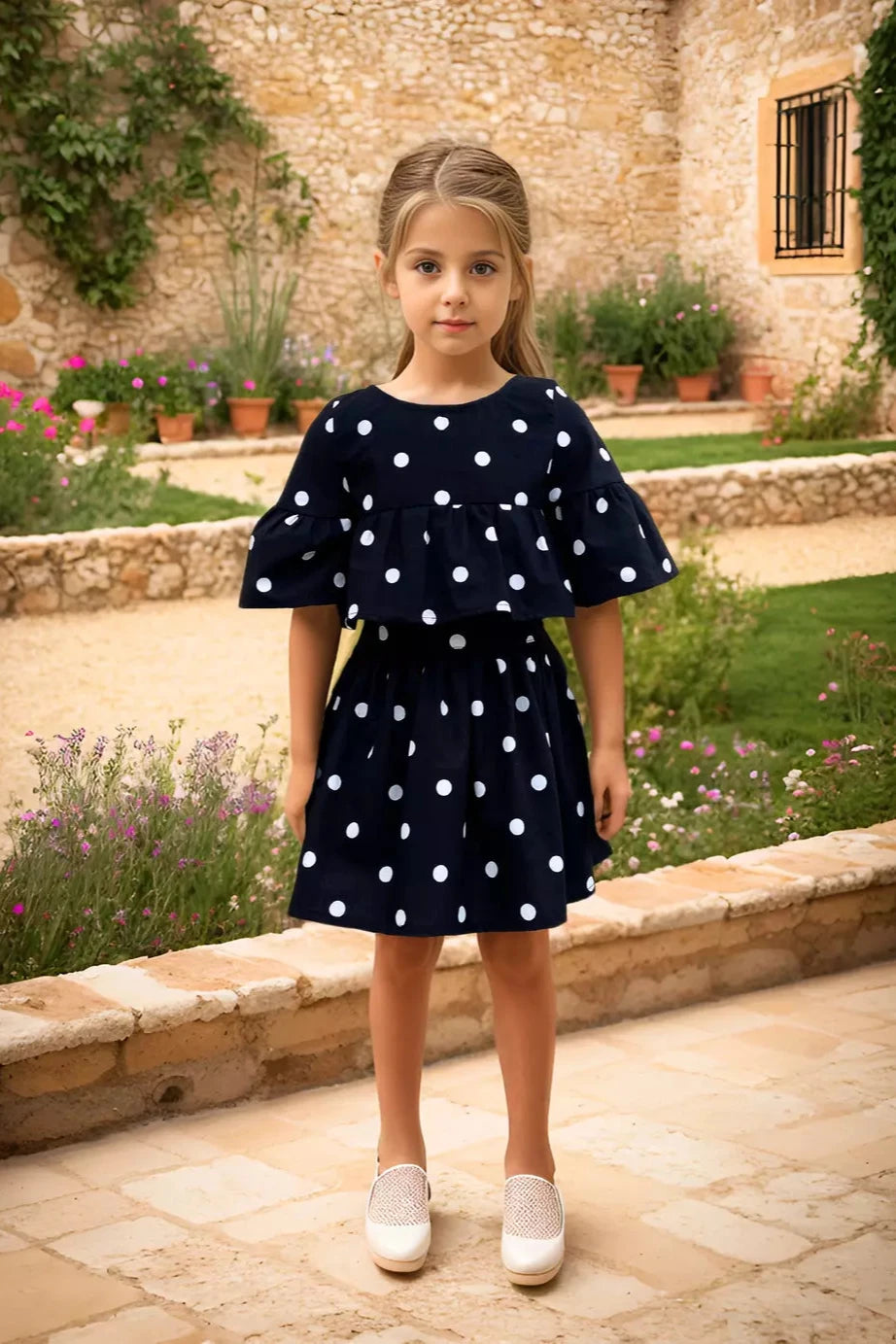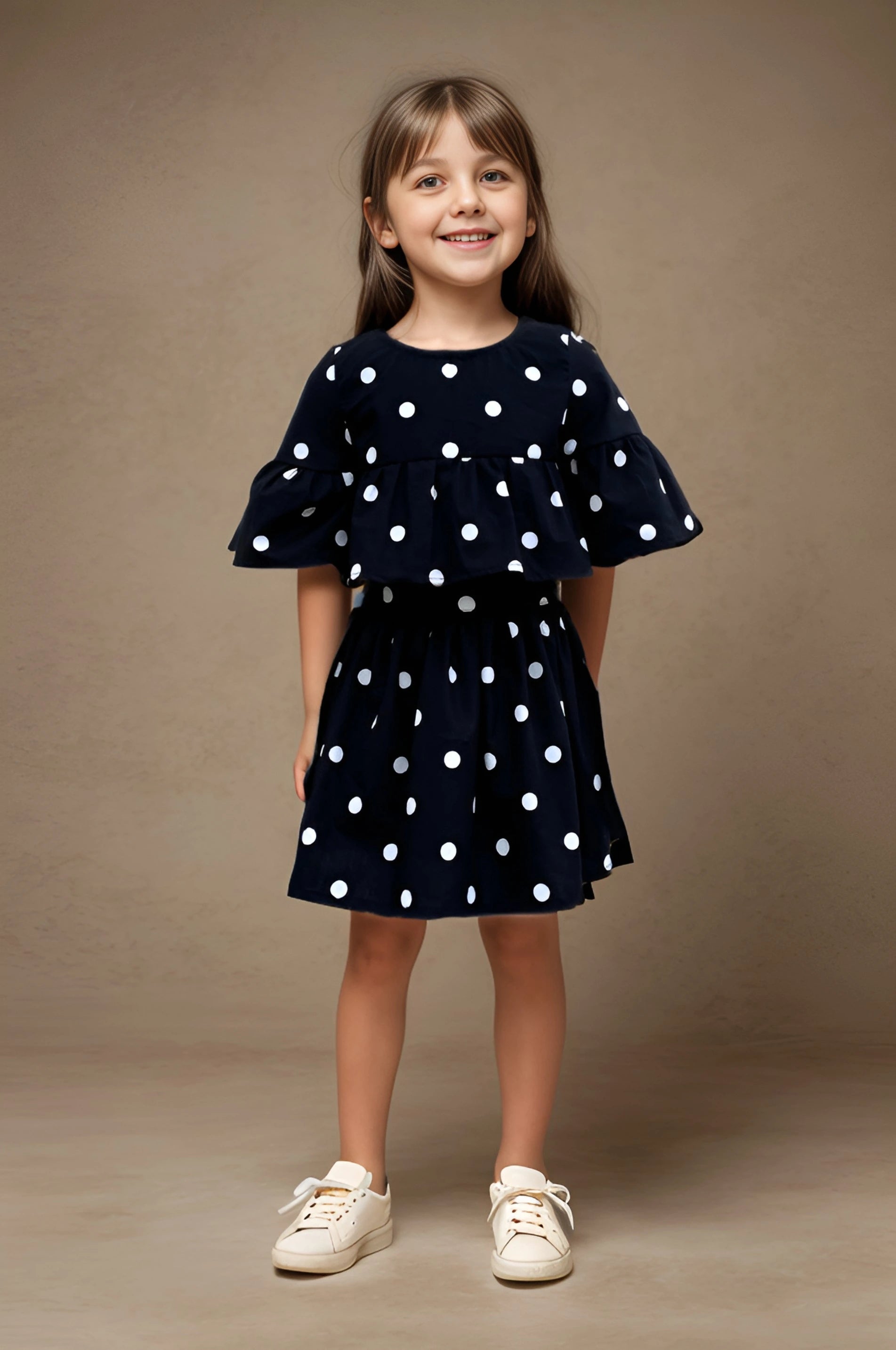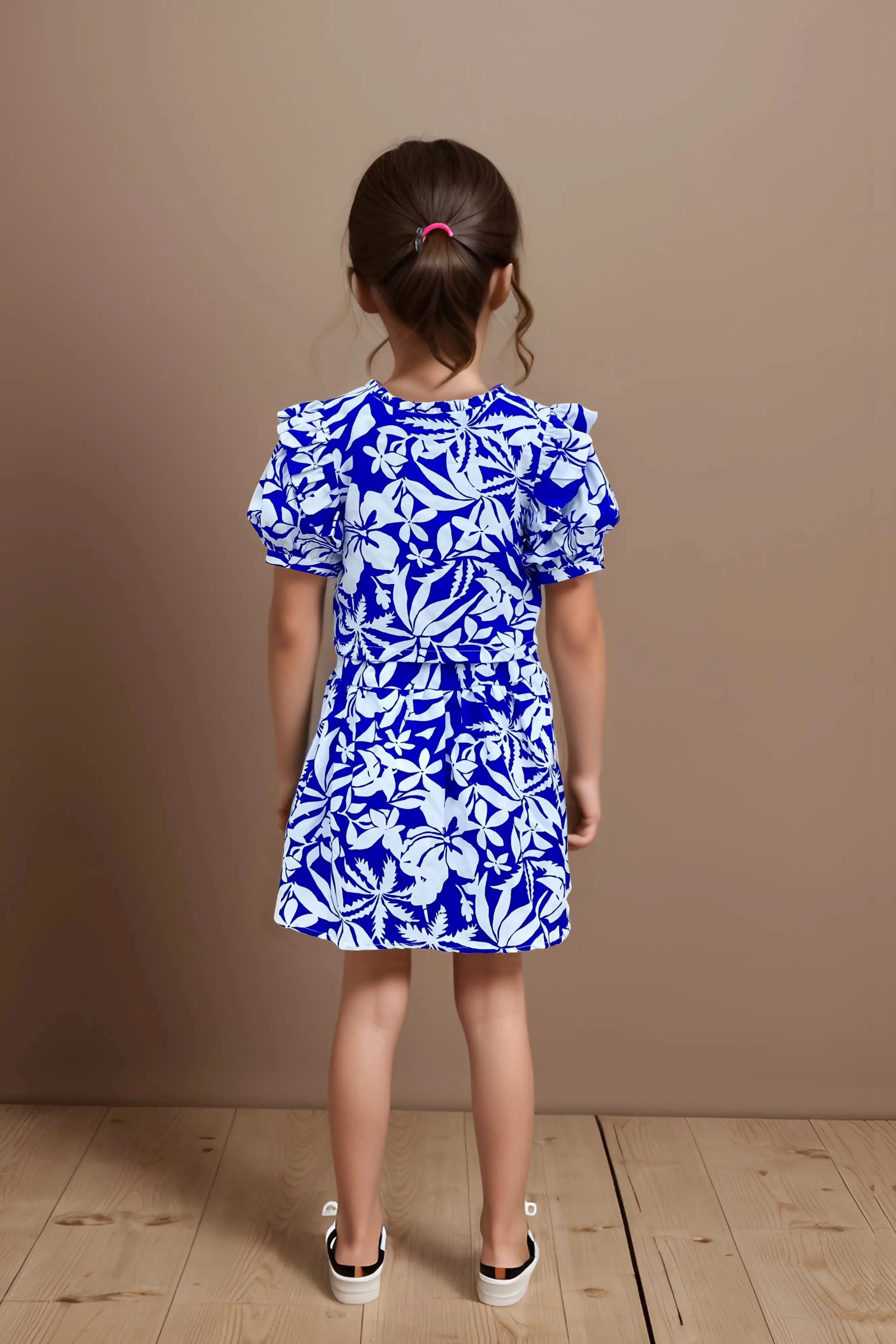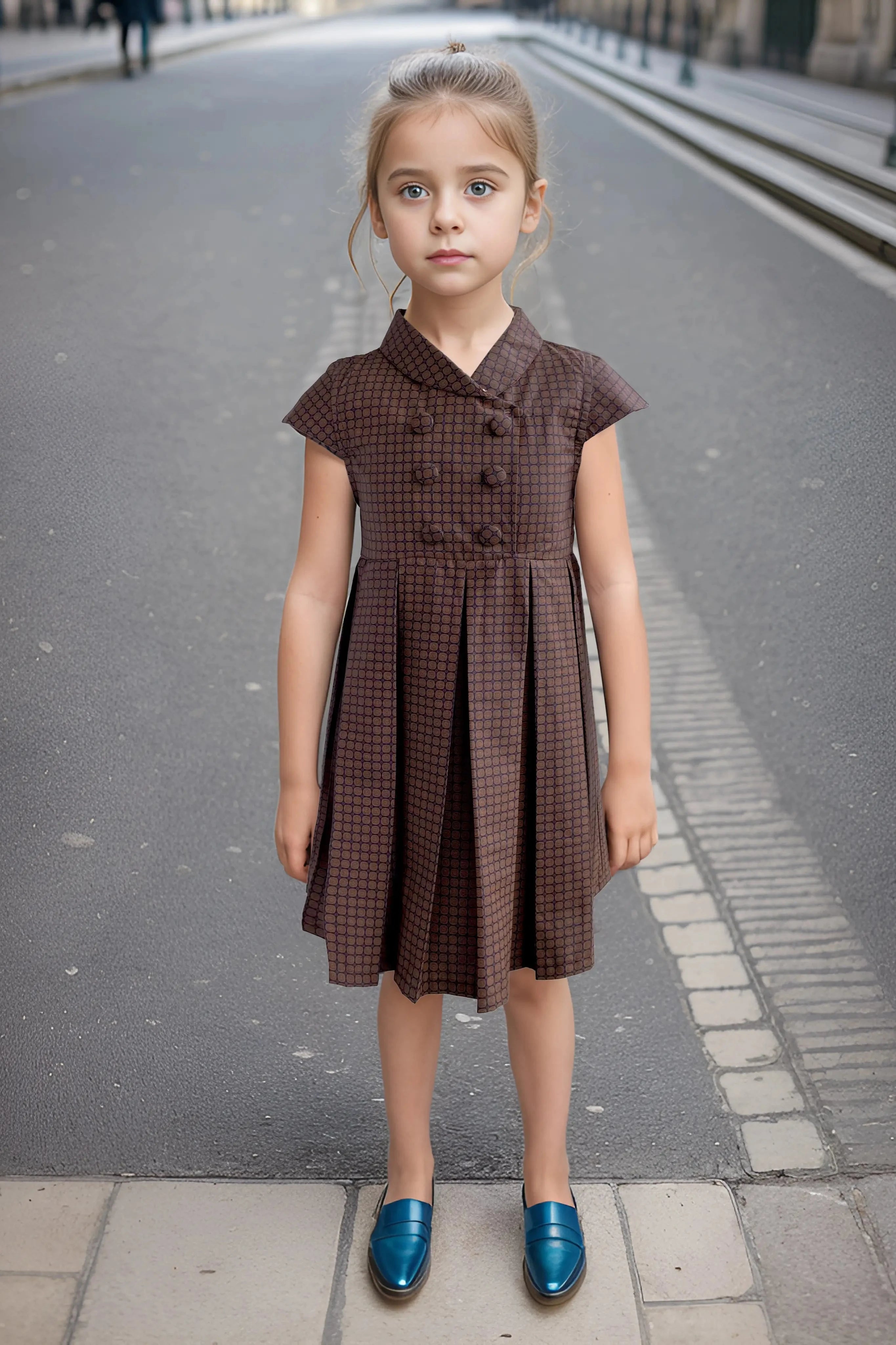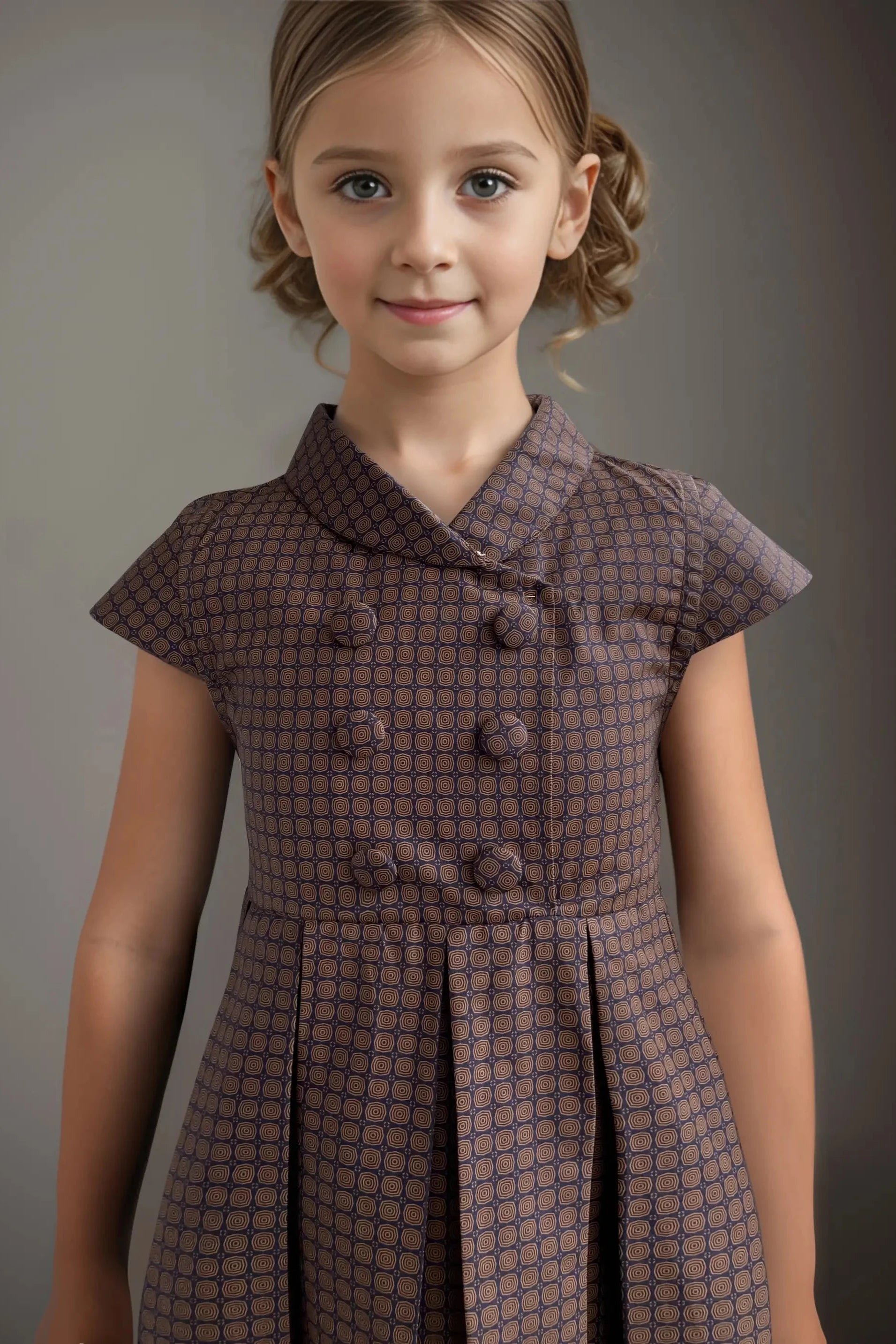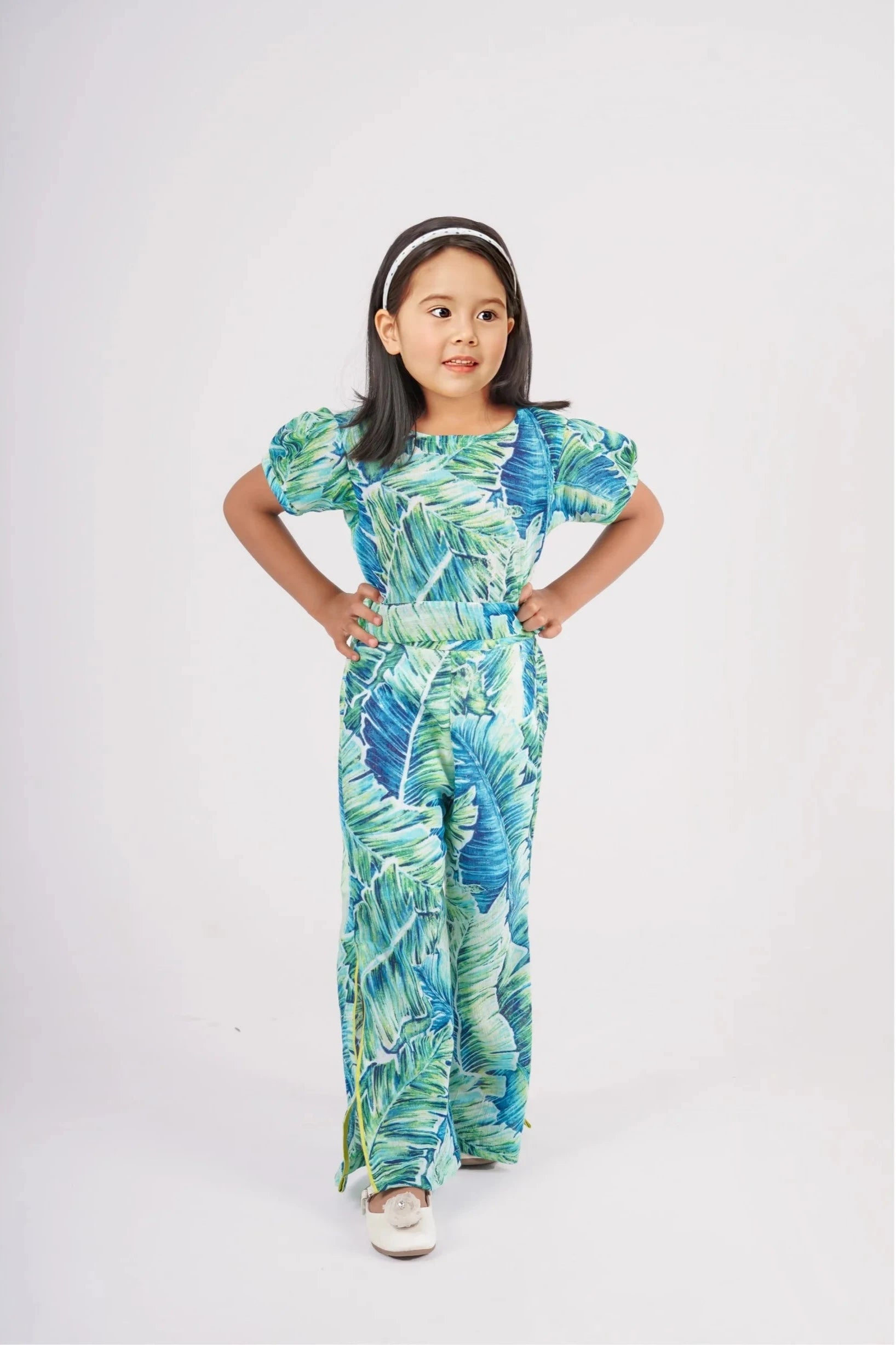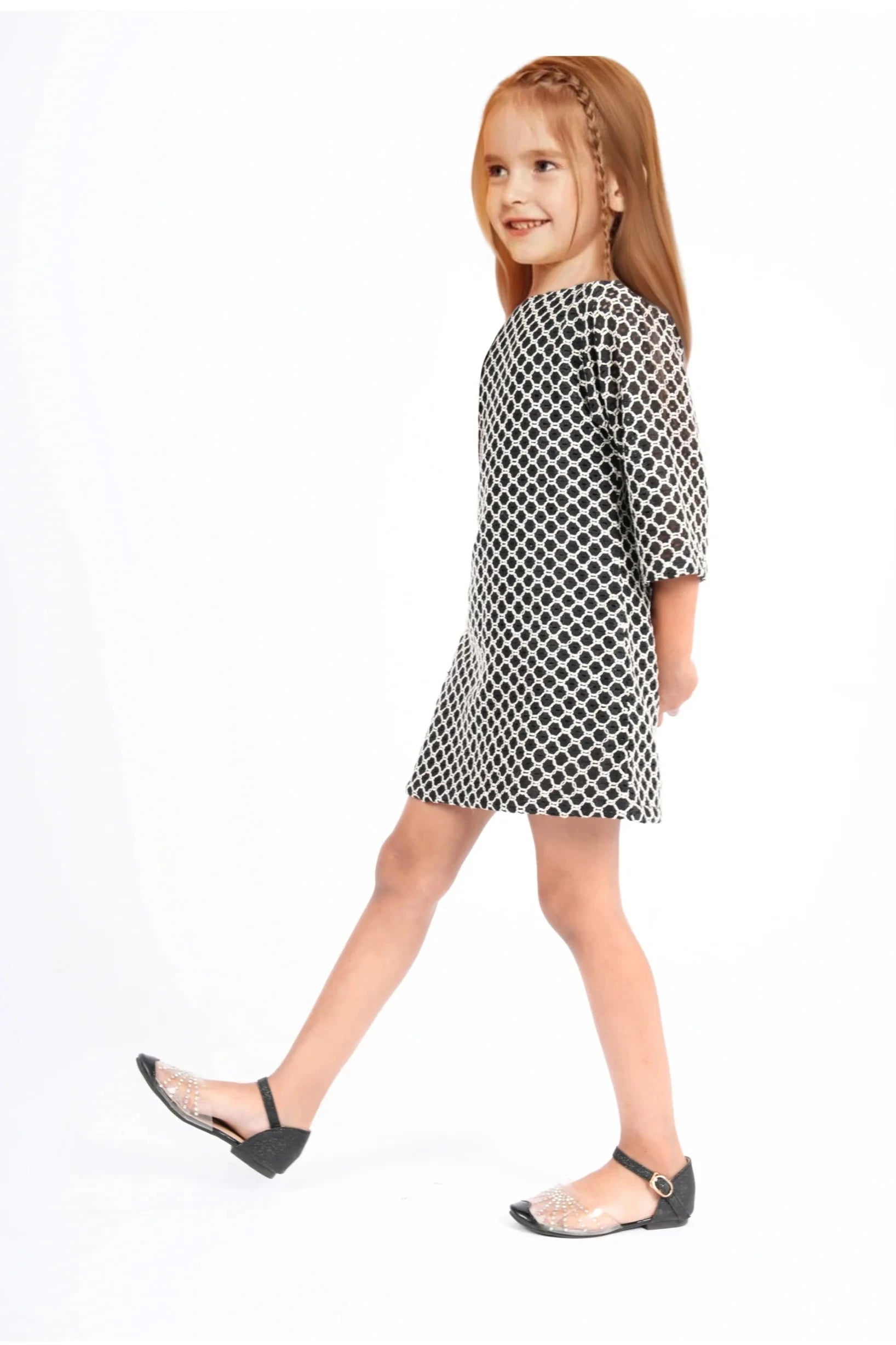Cuddling Basics: How To Hold Your New Born
You had dreams about holding your baby for the very first time the entire time you were pregnant. And now that your baby has arrived, you might be wondering how to hold your new born baby securely.
As one our user experienced that, the best way is to place your non-dominant hand under the baby’s neck, with the heel of your hand against the area between his neck and upper back, your palm against the back of his neck, and your fingers stretched outward supporting the back of his head.

There are several ways, depending on the situation, to hold a baby. For example, there will be some differences in how you hold your baby when bathing, burping, or comforting her, or when you are putting her to bed or taking her bottle.
Step 1: Hands-cleaning
Prior to picking up your child, always make sure your hands are clean. Since a baby's immune system is still growing, any germs you carry could infect them. While lathering in warm water and soap works well, you might want to keep hand sanitizer on hand in case guests want to pet your child as well. Every time you hold your infant, wash your hands.

Step 2: Take a seat.
An important aspect of holding your baby is comfort. It is important for you to feel secure in your grip in addition to being physically at ease. It is said that it takes about five minutes for you to become accustomed to the idea of holding your baby. Feeling a little nervous about it at first is completely okay and normal.

Step 3: Offer assistance
Having a hand to support the head and neck is crucial when holding a newborn. Ultimately, the head of your newborn is the heaviest part of their body. The soft areas on top of the baby's head are called fontanelles, and you should pay close attention to them.The essential neck muscle control that newborns need to maintain their heads on their own is absent. It usually takes until nearer the end of the fourth month of life to reach this milestone.
Step 4: Select your role
Holding begins with lifting the infant. Put one hand under your baby's head and another under their bottom when you attempt to lift them. Lift their body up to your chest from there.The position of holding your baby is up to you as long as you're supporting the baby's head and neck. There are several holds that both you and your child may find enjoyable. These positions work well for burping or breastfeeding as well. Try a variety of ones to see which feels most comfortable for you both as you experiment.
Cradle hold
- During the first few weeks of life, the cradle hold is among the simplest and most effective ways to hold your newborn:
- Sliding your hand up from the bottom, support your baby's neck while they are horizontal at your chest level.
- The baby's head should be gently nudged into the bend of your elbow.
- Transfer your hand from the supporting arm to their lower body, still holding their head.
- Your free arm can do the other things simultaneously.

Holding shoulders
- Raise the infant's head to shoulder level while keeping their body parallel to yours.
- To allow them to see behind you, place their head on your shoulder and chest.
-
With one hand supporting the baby's bottom and the other on their head and neck, keep them safe. The baby might be able to hear your heartbeat in this position as well.

Belly hold
- Your infant should be lying stomach down across your forearm, head facing your elbow.
- The baby should be at a slight angle as their feet should land on either side of your hand, angled closer to the ground
-
This is a useful position to have the baby in if they need to be burped due to gas. To release the gas, give the baby's back a gentle pat.

Lap hold
- Your infant should be in your lap as you sit in a chair with your feet firmly planted on the floor. Face up, their head should be at your knees.
- With your forearms beneath their body and both hands supporting them, raise their head. Your waist should be where the baby's feet are tucked in.

While you're holding the baby, observe their mood. You could try putting them in a different position to see if that helps them feel more comfortable if they're fussy or crying. A slow, soft rocking is another option. Remember that the baby's head needs to be turned out all the time so they can breathe.
Stay connected with us for the latest updates and valuable insights. Follow us on Instagram for more information: @safehugskidswear. Find one stop solution to all your parenting problems here. Your journey with us is just the beginning and we’re excited to share it with you!
Happy Parenting!!!


